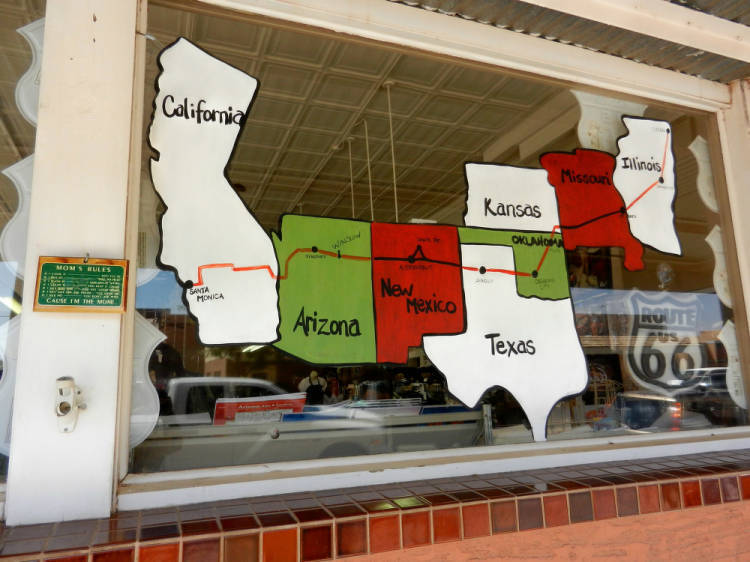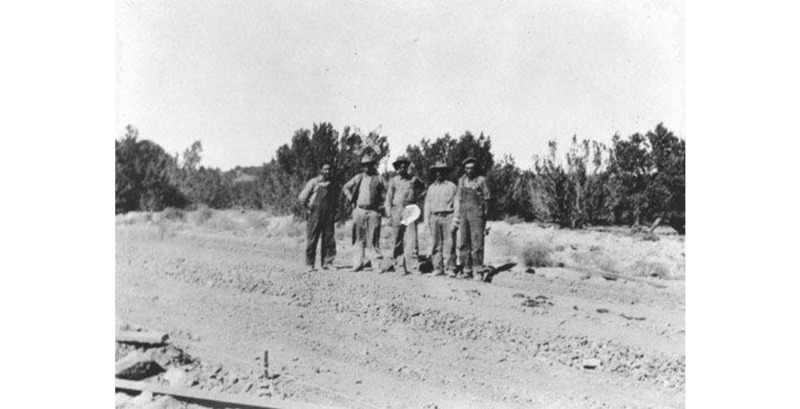A New Beginning for America
In the summer of 1926, the U.S. government designated a Chicago to Los Angeles highway; it was given the name Route 66, spawning an American icon
Even before its rise to fame as a nostalgic piece of American history, Route 66 was an exciting prospect for a variety of reasons. Running diagonally across multiple states, 66 offered the opportunity of a relatively flat, temperate, and direct corridor from the port and manufacturing hub of Chicago to the port and manufacturing hub of Los Angeles. This was a boon for the trucking industry, which had been steadily gaining ground on the rail industry for dominance in the shipping business in the United States. Not to mention, it offered an increased ease of travel between cities by car for the ever-growing group of Americans that were becoming car owners (a number that had gone from 450,000 in 1910 to 8 million in 1920).
Below is the front of a store in northern Arizona, a state with one of the longest stretches of Route 66, highlighting the outline of the road.
As shown in the image above depicting the states that the highway runs though, the path of Route 66 provided unparalleled access between the center of the county and the west coast. Not having to traverse mountain passes or dangerous elements like heavy snowy weather made the road immediately popular.
Furthermore, the unique placement of 66’s main passage made it far more accessible and easily travelled for Americans living in rural areas, especially in the Plains states. This feature would play an important role during very dark economic times for many of these rural residents.
Above is an image of workers at the site of construction for Route 66 in northern Arizona. This part of 66 would become renowned for its breathtaking scenery and be synonymous with wanderlust and the sense of freedom on the open road.

